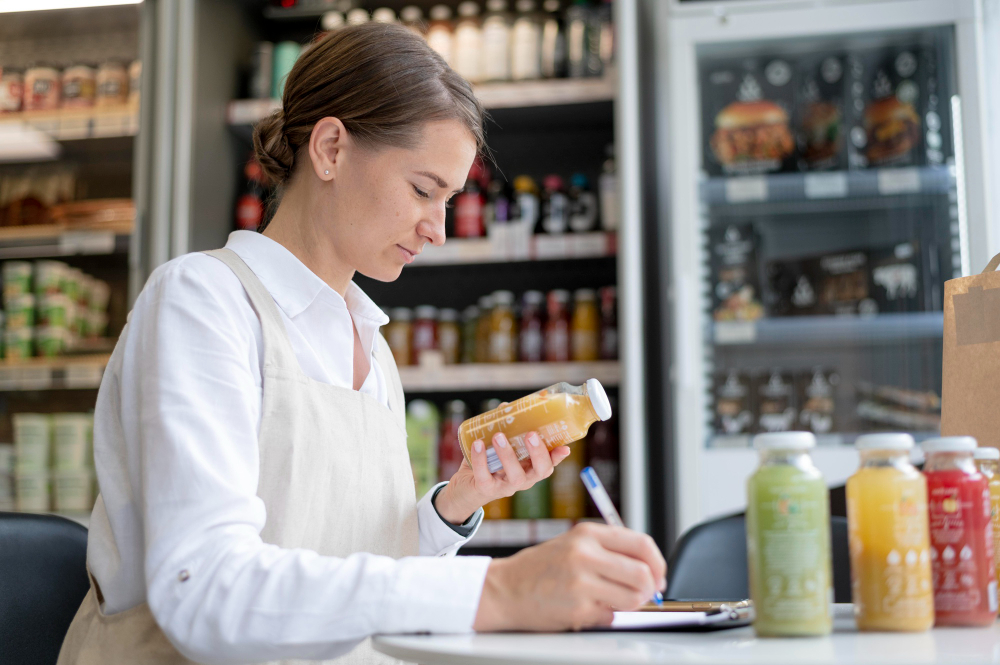Introduction: The Power of First Impressions
In today’s crowded food markets, buyers often make decisions within seconds. When it comes to natural foods, packaging does far more than protect the product—it communicates values like purity, quality, and authenticity. But how much does packaging design really influence whether a consumer believes a food is as natural and wholesome as it claims? The answer lies in the psychology of perception and the visual cues embedded in design choices.
Trust in the Natural Food Market
Consumers seeking natural foods tend to prioritize transparency, simplicity, and sustainability. They want reassurance that what they are purchasing is authentic and minimally processed. Packaging serves as the first, and sometimes only, point of communication between producer and buyer.
If a product’s design appears overly commercial or cluttered, it can raise skepticism. On the other hand, clean and thoughtful design often reassures buyers that the food inside matches their expectations for purity.
The Role of Colors and Materials
Color is one of the most powerful tools in shaping perception. Earth tones like greens, browns, and creams immediately signal natural origins. Bright, synthetic-looking colors may inadvertently make a product appear less authentic.
Material choices also matter. Recyclable paper labels, glass jars, and biodegradable packaging reinforce a product’s natural and eco-friendly identity. Plastic-heavy packaging, even if functional, can undermine the perception of purity and sustainability.
Typography and Minimalism
Typography is often overlooked, but it plays a huge role in consumer trust. Serif fonts may suggest tradition and heritage, while clean sans-serif fonts often feel modern and fresh. Handwritten or script styles convey craftsmanship and authenticity, making the product feel more artisanal.
Minimalism, too, speaks volumes. A design with plenty of white space and straightforward text conveys honesty and transparency. Overly busy packaging risks making the product feel gimmicky or mass-produced.
Storytelling Through Packaging
Beyond visual elements, packaging design offers a chance to tell a story. Natural food consumers want to know the origins of what they are eating: where it came from, who made it, and how it was produced.
A short narrative on a label about beekeeping practices, family traditions, or sustainable sourcing can turn a purchase into a connection. This storytelling aspect adds perceived value and reinforces the idea of purity and care in the product’s creation.
Examples in Practice
Take artisanal honey producers as an example. Many small-batch brands use glass jars with earthy, minimalist designs that highlight the raw and unprocessed nature of the honey. Some even incorporate illustrations of bees, flowers, or landscapes to emphasize natural origins. Clear, uncluttered labels for jars of honey give buyers confidence that what’s inside is authentic and free from unnecessary additives.
This approach is not exclusive to honey—it applies across natural food categories, from organic teas to small-batch olive oils. The lesson is universal: thoughtful packaging influences trust.
Balancing Tradition and Innovation
Natural food packaging design is evolving. While heritage-inspired labels remain popular, there’s also a trend toward blending tradition with modern aesthetics. Younger consumers, particularly Gen Z, often gravitate toward clean, bold designs that still emphasize authenticity.
Brands that strike a balance between timeless cues of purity and contemporary appeal are more likely to capture attention while staying true to their values.
Conclusion: Purity as a Perception
Ultimately, packaging design is not just decoration—it is a form of communication. For natural foods, it conveys whether a product feels trustworthy, authentic, and pure. From color choices and typography to storytelling and material selection, every element influences how consumers interpret what they see.
In an age where consumers are more conscious than ever about what they put into their bodies, packaging design has become a silent but powerful advocate for purity. Producers who invest in thoughtful, transparent, and authentic design will not only stand out but also build lasting trust in a competitive market.
For more visit Pure Magazine

